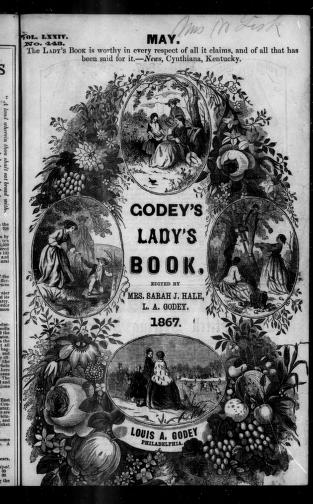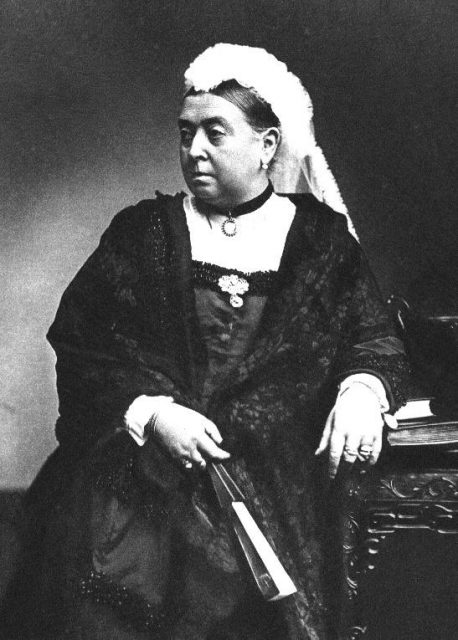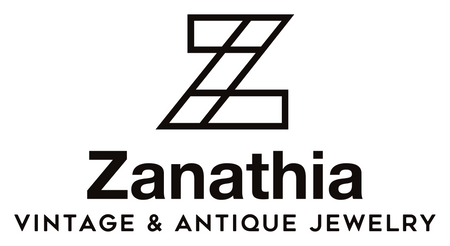Although hair work jewelry is synonymous with mourning mementos of the Victorian Grand Period (1861-1880), the trend extends beyond its lamentation inspirations. Some of the earliest forms of hair work jewelry originated during the Middle Ages (500-c.1450). King Christian IV of Denmark (1577-1648) gifted his queen, Anna Catherine of Brandenburg (1575-1612), a gold bracelet with braided strands of hair belonging to him. It was not uncommon to use human hair strands to emphasize adoration and love for a loved one. Hair work jewelry was also less costly and more accessible than gemstone accessories. Consequently, hair work jewelry was also a sentimental cost-effective option for civilians and non-aristocrats during the Middle Ages.

(King Christian IV of Denmark and his queen, Anna Catherine of Brandenburg, with their son Christian, Prince-Elect of Denmark. King Christian IV of Denmark gifted Queen Anna Catherine a gold bracelet that contained strands of his hair. The painting above was originally two separate portraits and was painted by Pieter Isaacsz, c. 1612. A part of the Rosenborg Castle Collection. Source Photographer: The Royal Danish Collections http://dkks.dk/chr-iv-og-anne-cathrine-161 (Transferred by Anne-Sophie Ofrim)
Many Victorian Era jewelry (1837-1901) are affiliated with the mourning trend of the Grand Era (1861-81). Queen Victorian (1819-1901) was grieving the loss of her husband, Prince Albert (1819-1861), and sparked a prolific trend after wearing mourning memento accessories. She began to dress in all black and commissioned sentimental mourning memento accessories, including a brooch that contained lockets of Prince Albert's hair. Although a substantial amount of hair work jewelry was inspired by grief or remembrance of a dearly departed loved one, the trend also includes sentimental pieces to honor the living.
(Queen Victoria After The Passing of Prince Albert, Pictured Wearing Mourning Attire, Royal Collection, Buckingham Palace)
During the 19th century, hair work jewelry became a popular trend in high demand. Sentimental jewelry pieces became increasingly worn, and strands of hair were incorporated into the details. Jewelry businesses and firms created catalogs for custom hair work accessories. The impressive collection included watch chains, earrings, brooches, bracelets, and lockets. While some hair work jewelry designs involved the strands being placed in secured enclosed compartments, others were completely designed from hair follicles. Victorian hair work jewelry collections include intricately entwined hair strands made into earrings and woven bracelets. The process involved a steady hand and keen attention to detail. Preparation for creating hair work jewelry was extensive and required a substantial amount of labor. Before designing the jewelry, hair strands were boiled in soda water, sorted, and divided into twenty to thirty strands.

(Charles T. Menge's price list of ornamental hair jewelry and device work, nos. 32 and 34 John Street, New York. Courtesy of archive.org/Smithsonian Collection)
(Charles T. Menge's price list of ornamental hair jewelry and device work, nos. 32 and 34 John Street, New York. Courtesy of archive.org/Smithsonian Collection)
Historical magazines like Godey's Lady Book (1830-1878) and Peterson's Magazine (1842-1898) published articles detailing how to create hairwork jewelry. The patterns and directions within the magazines inspired many Victorian ladies to create hairwork jewelry, which became a special recreational hobby. The trend was not limited to mourning memento designs but included sentimental pieces that honored the living. One of the most popular hairwork designs had watch chains with a braided strand of hair from the gentleman's significant other. Another common trend included hair strands of a loved one inside a hidden compartment of a sweetheart bracelet. The symbolic gesture of having a loved one's hair incorporated into accessories was considered a beautiful daily gesture of remembrance. Victorians were not only dedicated to honoring the dearly departed, but they were pretty romantic as well.

(Godey's Lady's Book And Magazine 1867-05: Vol 74. Godey's Lady Book published in-depth articles with detailed instructions and designs for hair work jewelry. Courtesy of Archive.org/Kahle/Austin Foundation)
Hair work accessories became a daily preference, and 19th-century jewelry companies began to offer catalogs dedicated to the trend. Jewelry firms offer versatile designs for custom hair work accessories. A mother could have her children's hair strands designed into a bracelet or locket. Religious hair work pieces such as crosses could be intricately designed into earrings. Impressive hair work collections incorporated other quality materials, including precious metals and gemstones. A jeweler would also fit customed hair work designs and additional features would be included. Gold and sterling silver clasps, symbolic engravings, compartments for photographs and miniatures, and mounted gemstones were beautifully integrated to create stunning hairwork jewelry. The finished design and outcome showcased fine craftsmanship and superb detail.

(The Jeweller's Book of Pattern in Hair works. Featuring versatile brooches, rings, lockets, chains, links, and studs. By William Halford and Charles Young Firm, 1864; Cooper Union Library Courtesy of Archive.org via Smithsonian Collection)
(The Jeweller's Book of Pattern in Hair works. Featuring versatile brooches, rings, lockets, chains, links, and studs. By William Halford and Charles Young Firm, 1864; Cooper Union Library Courtesy of Archive.org via Smithsonian Collection)
Historically, hair work jewelry extends beyond mourning mementos. Although honoring departed loved ones is a significant part of decorative hair work history, keeping the living is also a significant portion. In modern times, curating hair work jewelry is a popular antique industry trend and is in high demand by avid collectors. Although the symbolic gesture of hair work jewelry is no longer a preferred option for daily ready-to-wear, there is a growing market of independent jewelry artisans designing hair work pieces. When observing original antique hair work accessories, it is rather intriguing and compelling to ponder the stories behind the works.
(The Jeweller's Book of Pattern in Hair works. Featuring versatile brooches, rings, lockets, chains, links, and studs. By William Halford & Charles Young Firm, 1864; Cooper Union Library Courtesy of Archive.org via Smithsonian Collection)
Hair work jewelry is a form of storytelling and a sentimental gesture from the past. It is essential to preserve and study antique hair work jewelry, which includes symbolic historical primary sources. Memento mourning depictions may be the poster child for hair work jewelry references, but its intriguing history comprises more than celebrating the life of a departed loved one. Hair work jewelry was a sentimental gesture of love to celebrate births, romances, life milestones, and adoration for the living. The diversity and compelling stories behind hair work jewelry continue to fascinate and educate us in the 21st century.



